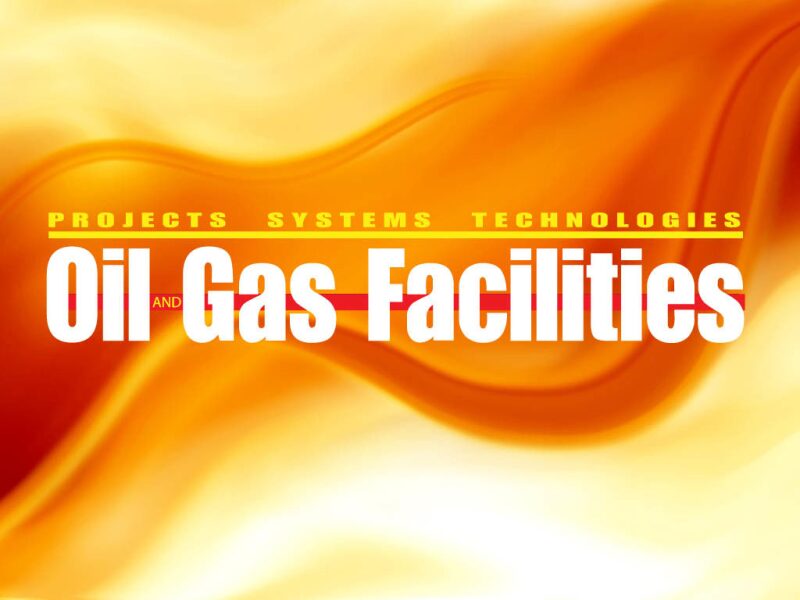Summary
Transportation of hydrocarbon through a pipeline may be hindered as a result of deposition of debris. The presence of debris within the pipeline leads to reduction in the effective flow area, thus reducing the efficiency of the transportation system. Some of the factors leading to formation of the debris are changes in temperature and/or pressure of the transported fluid and chemical reactions, which occur therein.
Pipeline-maintenance pigging is performed routinely to extend the operational life of pipelines. Recently, a combination of mechanical and chemical remedial measures has shown beneficial results in pipeline cleaning. Mechanical-brush pigs loosen the debris adhering to the walls, while chemical techniques, such as the use of gelled fluids, enhance the carrying capacity and help to transport the loosened debris out of the pipeline.
This paper presents the results of tests conducted to design a fast-breaking gelled fluid for a debris-removal operation in a long, large-diameter subsea pipeline in the Asia Pacific region. In addition to exhibiting good stability and debris-carrying capacity under the laboratory test and field conditions, the gel had to be compatible and demonstrate stability when mixed with other additives in the transported hydrocarbon. A highly viscous, aqueous-based linear polysaccharide gel was designed to satisfy these requirements. A key environmental and operational consideration was the easy and fast disposal of the gel after completion of the cleaning operation. With oxidizing breaker, gels prepared in potable water resulted in viscosity of <10 cp within 2 days, which was significantly shorter than when seawater-based gels were treated similarly. Preliminary field results indicate that the combined mechanical and gel system removed a significant amount of debris. Data from future trials will help evaluate the feasibility of such a technique for effective cleaning of the pipeline.
Read or download the full SPE paper 153157-PA.

